Xàbia has a total of ten hermitages. Four of them are known as Hermitages of Conquest, corresponding to the fourteenth to fifteenth centuries, although at present, of these, only three exist. On the other hand are the XNUMXth century Hermitages, which were a total of six, but today only four remain.
In addition, Xàbia has the Capilla de Santa Ana, one of the oldest Christian temples in the town.
Next you have an index with all the points that we are going to deal with.
- 1.
- 2.
- 3.
- 3.1.
- 3.2.
- 3.3.
- 3.4.
- 4.
- 4.1.
- 4.2.
- 4.3.
- 4.4.
- 4.5.
- 4.6.
- 5.
History
The Hermitages of Conquest are named for the time of their construction, between the fourteenth and fifteenth centuries, very close in time to the Christian reconquest. Despite their name, they had a long period of constructive validity due to their architectural simplicity.
At present, these buildings, of which only three remain, have undergone modifications after their creation and are municipal property.
With respect to the other hermitages existing in the town, they belong to the XNUMXth century, which was a time marked by demographic and economic growth, in which powerful families or small agricultural owners built these hermitages.
Of the six hermitages built in the XNUMXth century, only San Jerónimo and San Vicente in les Cansalades have disappeared. The others, with more or less modifications, still remain and five of them are privately owned: San Antonio in Benitzaina, San Hermenegildo and San Martín in Cap Martí, Sant Sebastià in El Rebaldí and Sant Jaume in els Julians.
The only municipal property is the Hermitage of Santo Cristo del Calvario, located on the Dénia road, also known as the road to Les Planes.
Architectural structure
All the Hermitages of Conquest they follow the same constructive scheme: rectangular ground plan, gabled tile roof, access door on one of the smaller sides that originally would be formed by a portal of stone blocks with a semicircular arch. Sober interior, divided into 2 or 3 sections separated by slightly pointed rough stone arches. Opposite the door is the altar with images of the holders of the hermitage.
All the Hermitages of the eighteenth century They are characterized by being of simple rectangular construction and of reduced dimensions, they have an added room (sacristy) on the sides or rear, covered with gabled tiles and the materials used are living stone, rough stone, lime, plaster and brick.
Hermitages of Conquest
Hermitage of San Antonio
The hermitage of San Antonio, now disappeared, was in the same Cape San Antonio. Currently only remains of a tile pavement. It was raised thanks to the efforts of Caterina Bas (Sr. Bassota). It was a temple of hermit ascetics who, like her, lived in the Holy Caves of Cabo de San Antonio.
Hermitage of Pòpul
It is on the Carretera de Jávea a Jesús Pobre, specifically on the southern slope of the Montgó, and inside there are paintings by Soler Blasco. The Hermitage of Pòpul It continues to maintain the same structure with a rough construction and pointed arch, although in the XNUMXth century it underwent a remodeling.
Consult all its history in this link.
Ermita de San Juan
La Ermita de San Juan is next to old cemetery de Xàbia, located just outside its urban area. This temple is one of the oldest in the town, it was built in the late fifteenth century. Under the patronage of San Juan, highly revered in Xàbia, from 1817 it became the burial chapel of the cemetery. One of the characteristics of this hermitage is that in the subsoil have been found burials made between that year and 1849, so that since the archaeological excavations carried out in 2010, the tombs corresponding to the thirty burials discovered here have been left on the floor.
Consult all its history in this link.
Hermitage of Santa Lucía and Santa Bárbara
La Hermitage of Santa Lucía and Santa Bárbara it is the most beautiful and representative. It is located at the top of a hill and can only be accessed on foot. In this site, which offers an impressive panoramic view, archaeological remains of human occupation have been discovered since prehistory.
Consult all its history in this link.
Hermitages of the eighteenth century
Calvary Chapel
La Calvary Chapel The original building was built in 1770, but in the mid-nineteenth century (1849-1857) it underwent modifications giving rise to the current hermitage. Its façade is of great proportions, highlighting the combination and superposition of various geometric figures. Its plan is of a Greek cross crowned by a dome on pendentives covered by blue glazed tiles. This hermitage houses the image of Jesús Nazareno.
Consult all its history in this link.
Hermitage of San Antonio Abad (Benitzaina)
The hermitage was built in the 1791th century and dedicated to Saint Anthony the Abbot, in which the sticks of sailboats were reused as beams and was named in the Pastoral Visit of XNUMX. It is located right on the border of the municipal terms of Jávea and Dénia. It is a hermitage with a pentagonal prism, masonry walls covered with plaster and a gabled roof made of Arab tiles, a lintel door and a simple belfry.
Hermitage of San Hermenegildo and San Martín
La Hermitage of San Hermenegildo and San Martín It is located southeast of Xàbia in the Cabo de San Martín area, forming part of a private property on fenced land -although it can be seen from the outside- on a plot near the El Tosalet urbanization. It was built in 1773.
Consult all its history in this link.
Sant Sebastià hermitage
San Sebastián is the patron of Xàbia and devotion to this saint is paid with two hermitages. One, the oldest, is located inside a large estate known as El Rebaldí located next to Camí Cabanes. The hermitage was integrated into the current house and is privately owned.
La Hermitage of Sant Sebastià It was inaugurated in 2015, although the work began in 1993, and it is located in the Costa Nova area. It was built as a result of the donation of the plot to the church. This hermitage, in addition to officiating mass in the summer months, serves as a residence for religious meetings.
Consult all its history in this link.
Hermitage Sant Jaume in els Julians
It is located in the vicinity, specifically next to the access road to Xàbia from the N-332 at the edge of the border with the municipality of Dénia. It is completely integrated into the attached houses.
Hermitage of San Jerónimo and San Vicente
This building has been missing since the last century, although some period image is preserved in which its ruins are still visible. The hermitage was in the Les Cansalades party.
Chapel of Santa Ana
This temple, although it is not a hermitage, is considered one of the oldest buildings in the town. Its construction dates back to the XNUMXth century, and it is said that it was to care for those infected by the plague epidemic that was plaguing these lands in those days. The Chapel of Santa Ana del Hospital is located in the oldest urban center of Xàbia, specifically in carrer d'Avall, in the vicinity of the Town hall.

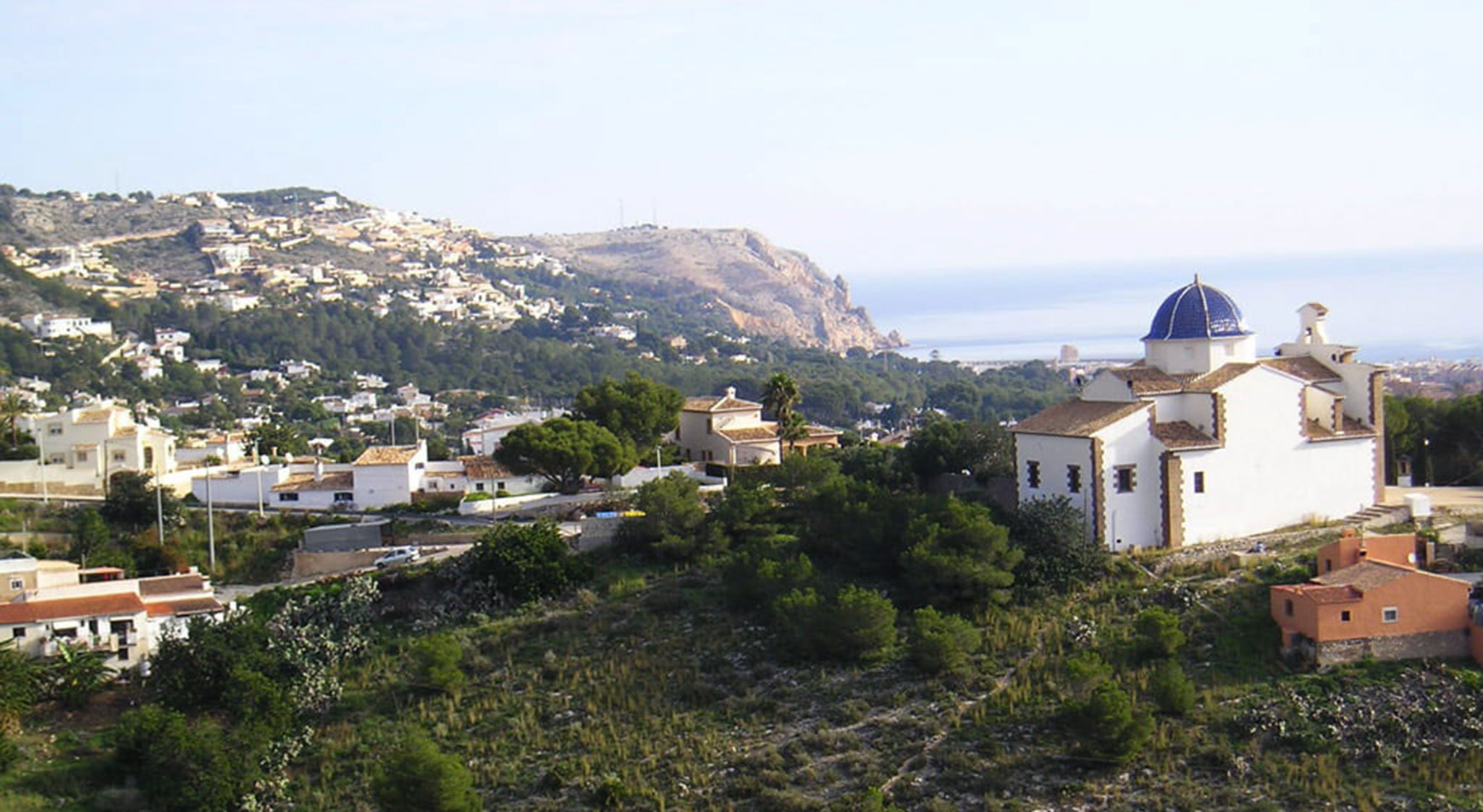
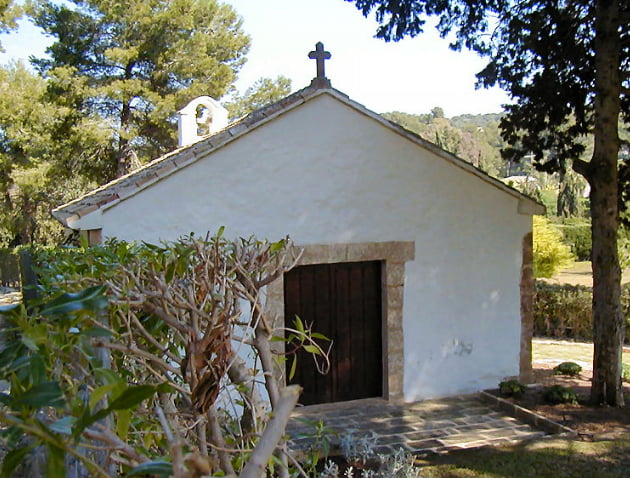
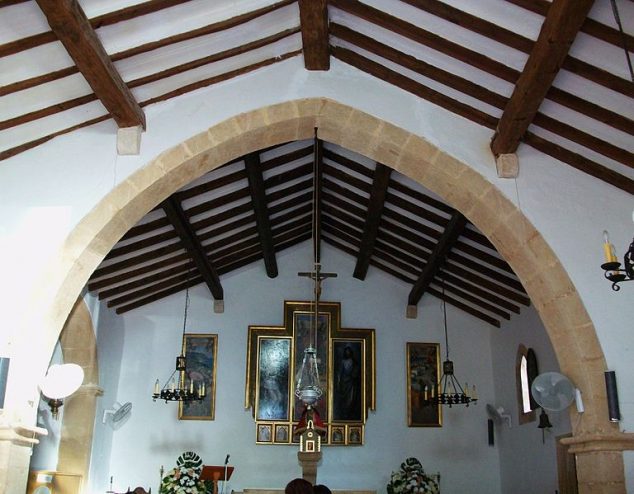
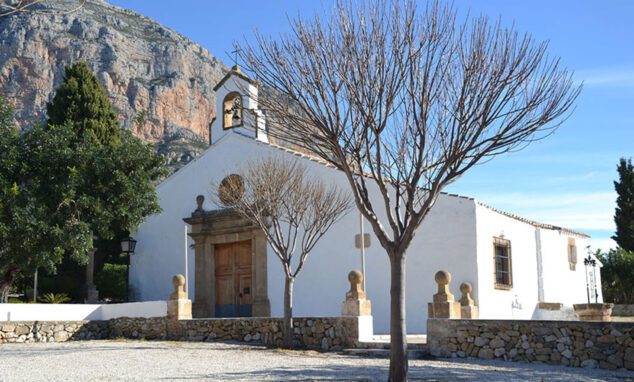
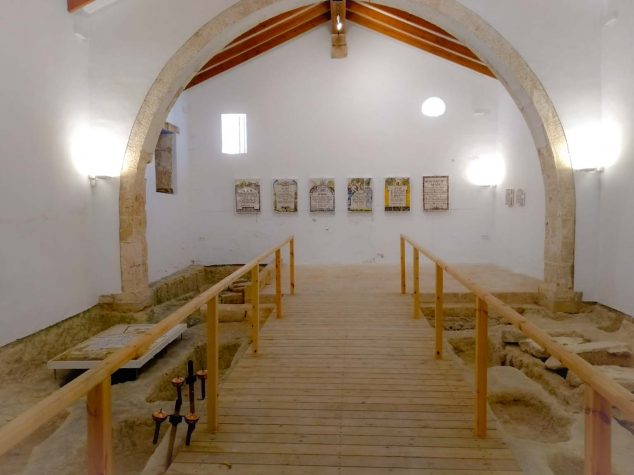

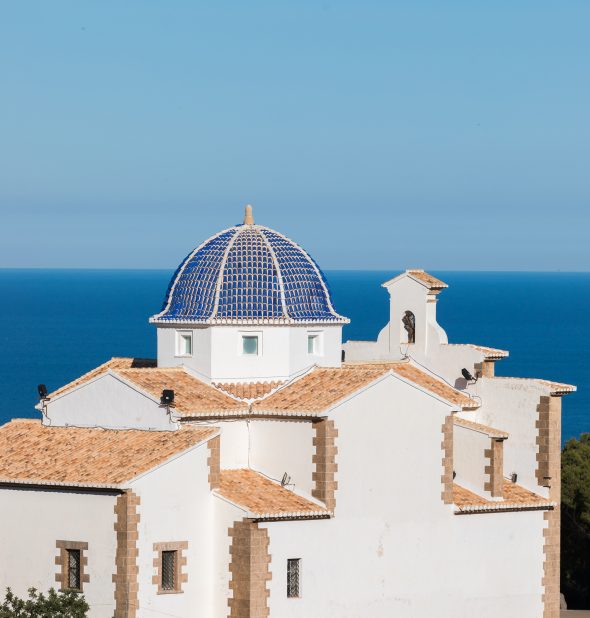
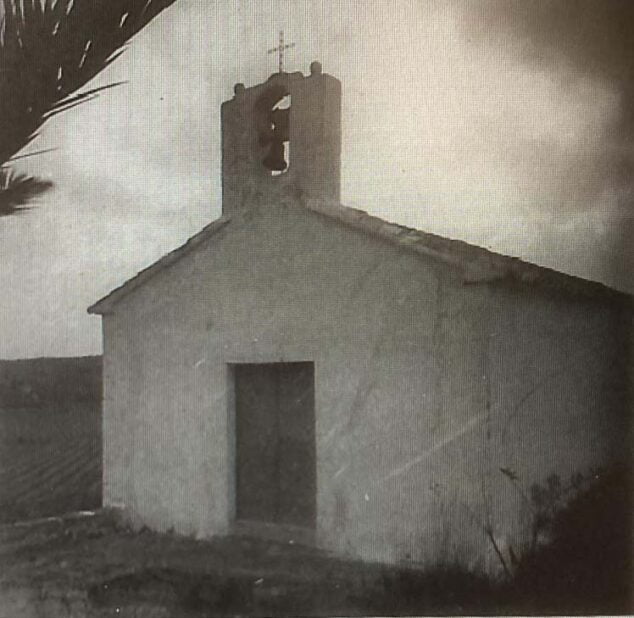
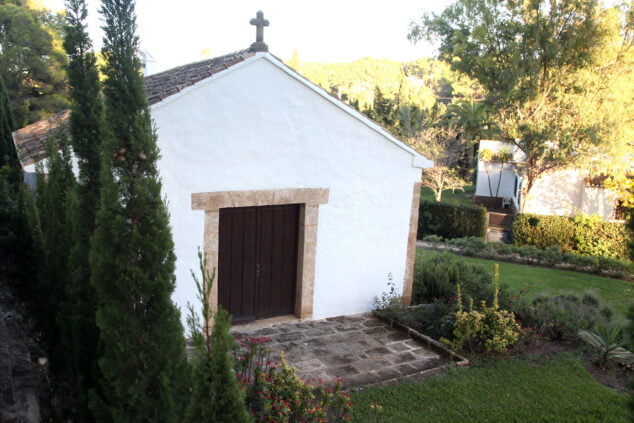
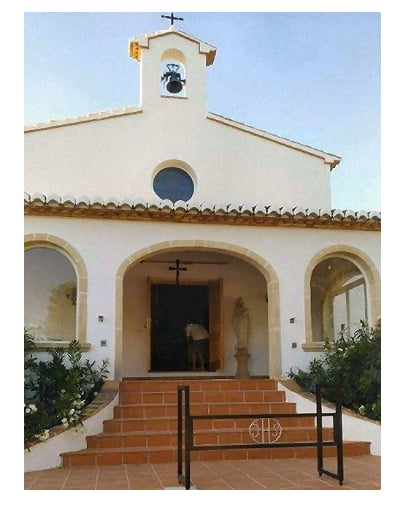
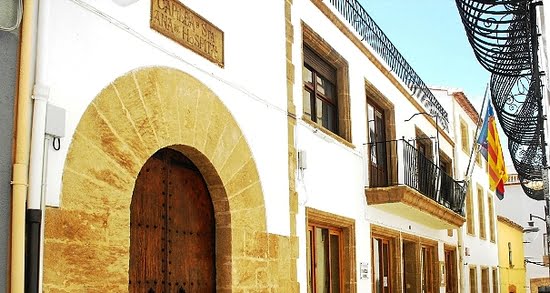






It is a shame that Hermitages that were built for public use have ended up on private property, I hope that can be solved and, another thing, my great-great-grandmother owned a Hermitage in Cansalades that, I understand, disappeared, it is possible that it was the one that already disappeared Saint Jerome and Saint Vincent, greetings.
The work you have done is excellent and, worthy of admiration, anyone who knows how to appreciate a job well done in history and in our past….
If you value what is close to you, you will learn to value more things. Congratulations on these jobs that you have started.